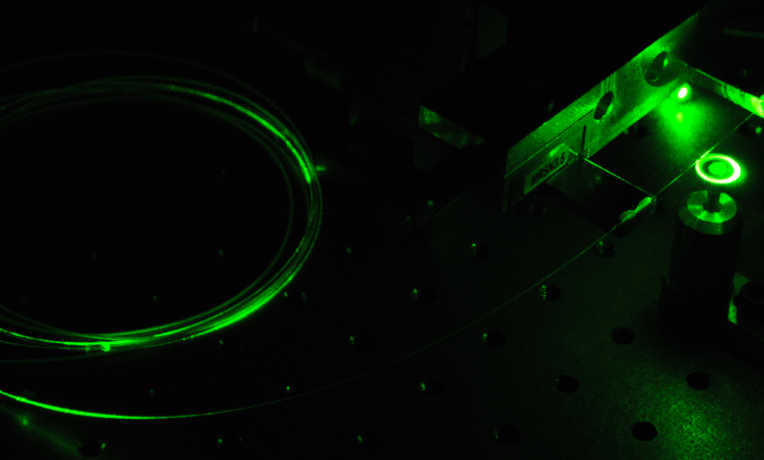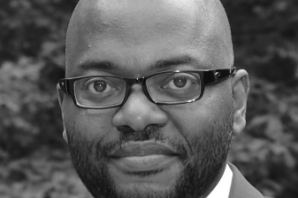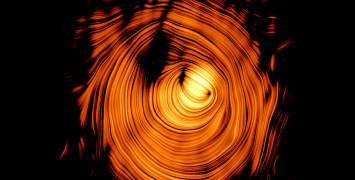Searching for the purest microwaves
Microwaves are widely employed in the technologies we use in our daily life - from global navigation systems (like GPS or Galileo), to the satellites used for the weather forecast. They are also important for more ambitious endeavors such as space navigation. The work of Prof. Yanne Chembo has contributed to the next generation of microwaves.

Microwaves are key components for navigation and detection systems and the performance of those currently available is plateauing when scaled to parameters like size, weight, power and cost. Aerospace and communication engineering are in constant need of microwaves with extremely high purity and stability. A high level of purity, in fact, means better precision for all these systems.
In search of new sources of ultra-pure microwaves, Prof. Chembo received ERC funding to explore an alternative based on optical resonators. This approach has several advantages over existing methods: conceptual simplicity, higher robustness, smaller power consumption, longer lifetime, immunity to interferences, compact volume, frequency versatility, easy chip integration. It has also a strong potential for integrating the mainstream of standard photonic components in both microwave and lightwave technologies.
At the end of the project, the researcher succeeded to obtain a compact, versatile and ultra-stable photonic module generating high-purity microwave signals, a promising new tool not only for aerospace applications but also for optical communication networks, where it would perform the lightwave/microwave conversion with unprecedented efficiency. This work opened new research paths in optical communications as well as in fundamental aspects of condensed matter and quantum physics and the team emerged as a leading research group in microwave photonics.
Prof. Chembo also obtained an ERC Proof of Concept grant to investigate the commercial viability of his results for aerospace applications such as navigation and detection radars, satellite communications, and other fields like communication engineering, metrology or laser spectrometry.
Biography
Yanne Chembo studied Physics and Communication engineering in Cameroon and in Spain and did a postdoc at the NASA/Caltech Jet Propulsion Laboratory in Pasadena (USA). He led a Microwave Photonics research group at CNRS France. The various applications of his investigations include aerospace systems, optical communications, time-frequency metrology, signal detection and sensors.






